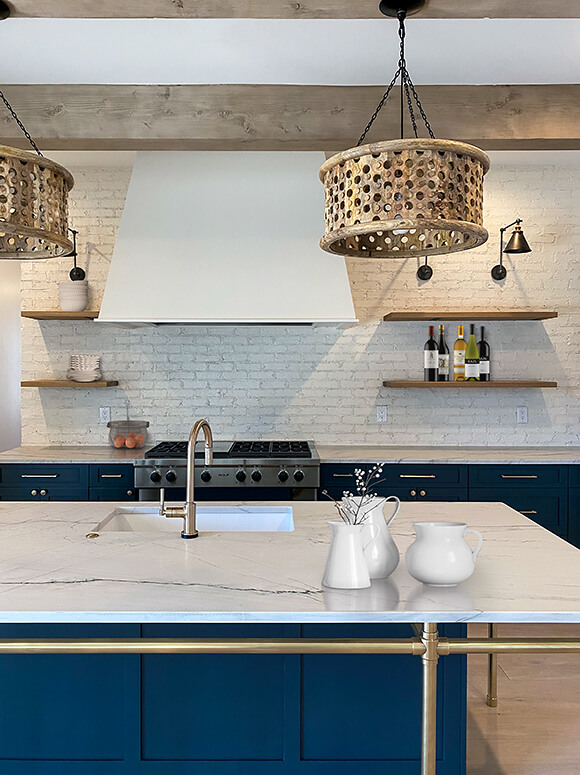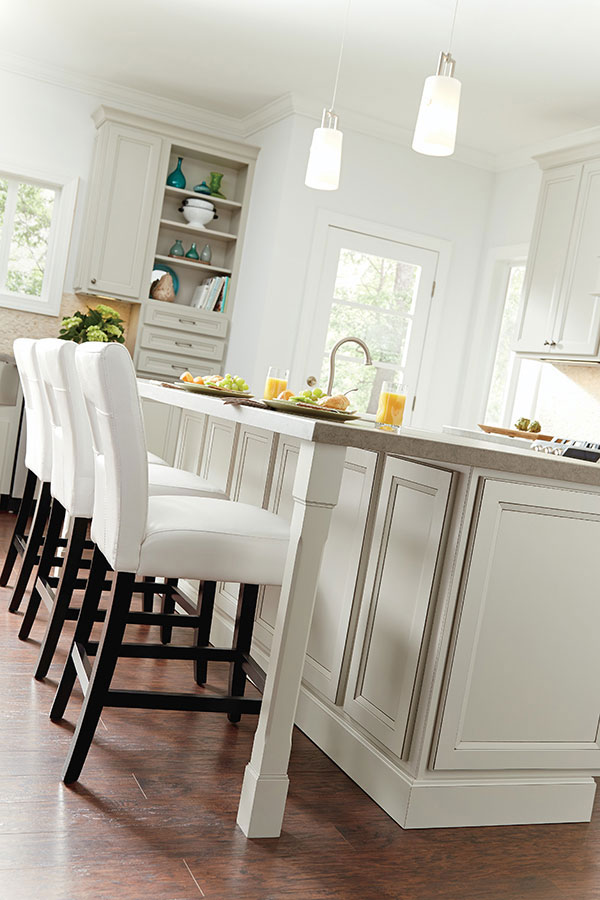Make Your Kitchen Island Stand Out with Custom-made Legs For Kitchen Island
Make Your Kitchen Island Stand Out with Custom-made Legs For Kitchen Island
Blog Article
Necessary Aspects to Think About When Choosing Legs For Kitchen Area Island
Choosing the suitable legs for a kitchen area island entails a careful evaluation of multiple elements that can substantially influence both performance and aesthetic appeal. Among these, the option of product plays an essential function in making certain toughness, while the layout needs to complement the existing style. Moreover, considerations such as height and weight assistance are essential for stability and convenience. As we explore these components, it becomes clear that each choice can have significant implications for the general kitchen area experience. What nuances should be considered in each of these classifications to attain the excellent balance?
Product Options
When picking legs for a kitchen island, understanding the various material choices is necessary for attaining both aesthetic charm and architectural honesty (Legs For Kitchen Island). The choice of material considerably influences not just the sturdiness of the island but also its overall design and capability
Metal legs, commonly made from stainless steel or functioned iron, add a modern-day and commercial feel while making sure longevity and stability. These materials are resistant to put on and can sustain substantial weight, making them ideal for larger islands.
Another choice is engineered products, like MDF or plywood, which can be much more cost-effective while still offering a variety of finishes. They might not give the same degree of stability as solid wood or metal. Legs For Kitchen Island. Lastly, products such as acrylic or glass can produce a contemporary appearance, though they may call for extra assistance to make sure security.
Ultimately, the selection of product for kitchen area island legs need to line up with the wanted functionality and the general theme of the kitchen.
Design and Design

When taking into consideration design, the form and coating of the legs are crucial. Tapered legs can provide a feeling of lightness and elegance, while thicker, much more robust legs can convey stamina and security. Furthermore, the surface-- be it repainted, stained, or all-natural-- must match the cabinets and counter top materials to produce a unified look.
In addition, the layout of the legs can also mirror personal preference. Custom-made or attractive legs, such as those including detailed makings or distinct geometric shapes, can work as prime focus, including character and personality to the cooking area. Ultimately, the ideal choice will certainly not only boost performance yet also raise the visual charm, making the kitchen island a standout function of the home.
Elevation Considerations
Selecting the appropriate elevation for cooking area island legs is critical, as it directly influences both capability and comfort. The common elevation for a kitchen area island generally ranges from 36 to 42 inches, straightening with typical counter top elevations. A 36-inch height is ideal for cooking and cooking, enabling for comfortable use cooking area appliances and devices. Conversely, a height of 42 inches is typically preferred for islands meant for bar seats, fitting taller feceses and offering an informal dining experience.

It is likewise necessary to account for individuals' choices and elevations. Personalizing the height can make sure a comfy experience for all household participants, making the cooking area island a more functional and satisfying area.
Weight Support
Ensuring ample weight support for kitchen island legs is essential for both security and functionality. The kitchen island commonly serves numerous purposes, including cooking, dining, and added storage, requiring a durable assistance framework. When choosing legs, it is critical to take into consideration the general weight capability required based on the island's planned usage and the products that will be positioned on it.
The selection of material for the legs plays a considerable role in their weight-bearing capabilities. Solid timber, anchor metal, and heavy-duty compounds normally supply superior stamina contrasted to lighter materials. In addition, the design of the legs-- whether they are straight, tapered, or have a pedestal type-- can influence their ability to distribute weight efficiently across the framework.
Always get in touch with the maker's requirements concerning tons limits to make sure that the legs can maintain the designated weight without jeopardizing safety. In summary, selecting cooking area island legs with ample weight support is essential for producing a risk-free and functional cooking area.
Installation and Upkeep
Proper installment and maintenance of cooking area island legs are vital for making sure long life and stability. To begin, it is important to adhere to the producer's standards during Click Here installation. This commonly involves protecting the legs to the island base utilizing proper bolts, making certain that the legs are level and lined up. Making use of a level tool can assist avoid wobbling and boost the general aesthetic allure of the kitchen area island.
Once mounted, routine upkeep is required to maintain the integrity and appearance of the legs - Legs For Kitchen Island. For wood legs, routine cleaning with a damp towel and application of appropriate wood polish can stop wetness damage and keep their finish. Steel legs may need a mild cleaning service to eliminate oil and grime, adhered to by a dry towel to protect against corrosion formation
In addition, check the legs on a regular basis for indications of wear or damage, such as fractures or loose joints. Tightening up screws or bolts as required can also extend the lifespan of the legs. By adhering to these installation and upkeep practices, homeowners can make sure that their cooking area island remains sturdy and visually appealing for several years to find.
Final Thought

Visual comprehensibility is extremely important in selecting the style and style of legs for a kitchen island, as these elements considerably influence the general atmosphere of the space. Tapered legs can offer a sense of agility and style, while thicker, more durable legs can communicate toughness and stability.Choosing the ideal elevation for kitchen area island legs is essential, as it straight impacts both performance and comfort. In recap, selecting cooking area island legs with ample weight assistance is essential for producing a practical and risk-free culinary area.
In final thought, picking legs for a cooking area island requires mindful factor to consider of numerous aspects, consisting of material alternatives, style, height, weight support, and additional resources setup.
Report this page